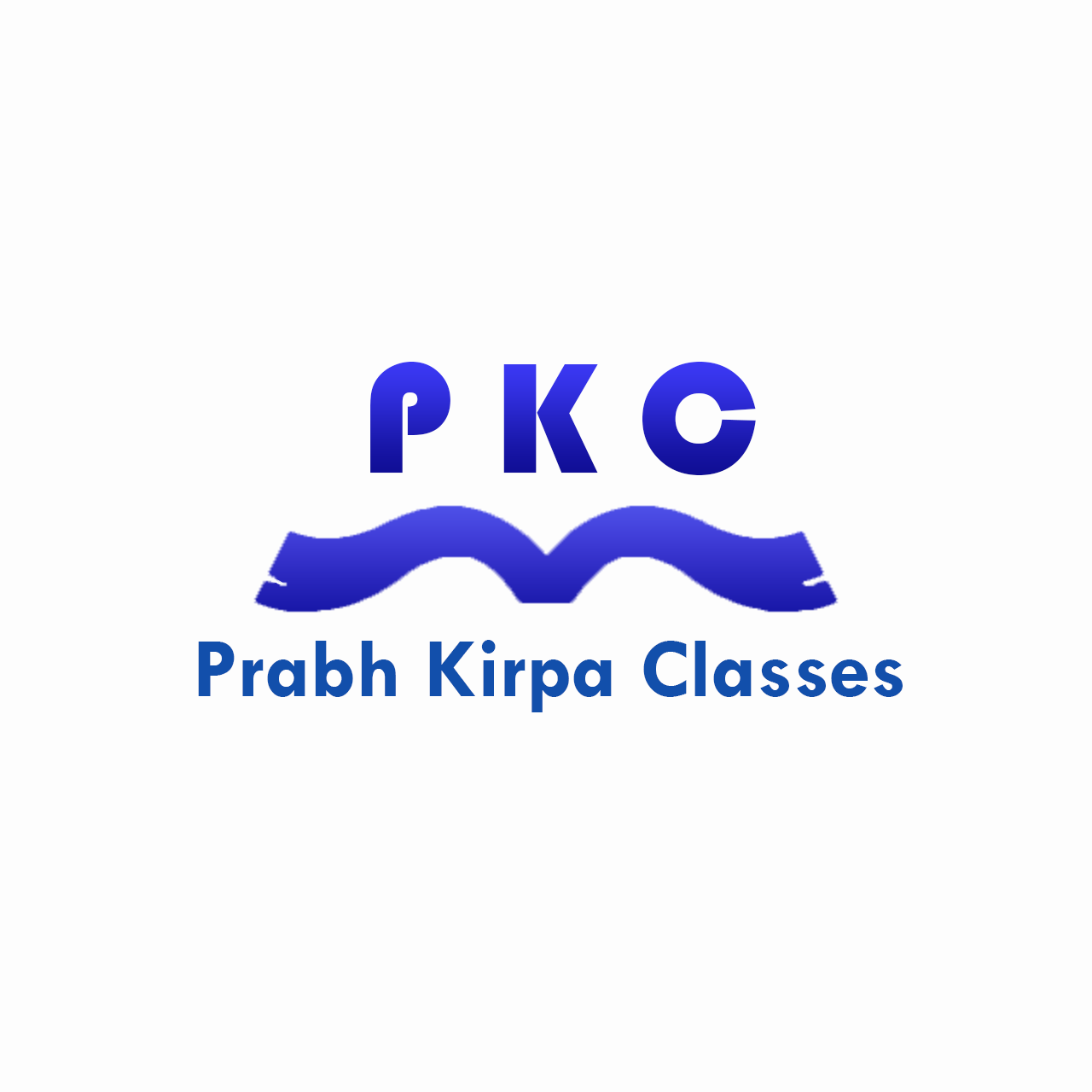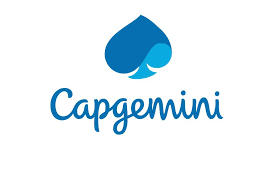Synthetic Fibres and Plastics Class -8 Science Ch. 3 NCERT
Synthetic Fibres and Plastics Class -8 Science Ch. 3 NCERT

Lectures -5
Duration -56 mins

Get your team access to 10000+ top Tutorials Point courses anytime, anywhere.
Course Description
Q.1. : Explain why some fibers are called synthetic
Q.2: Mark the correct answer :
Rayon is different from synthetic fibers because
(a) It has a silk-like appearance
(b) It is obtained from wood pulp
(c) Its fibers can also be woven like those of natural fiber.
Q.3: Fill in the blanks:
(a) Synthetic fibres are also called _____________ or ________________ fibres.
(b) Synthetic fibres are synthesised from raw material called ______________.
(c) Like synthetic fibres, plastic is also a _____________ .
Q.4: Give examples that indicate that nylon fibers are very strong.
Q.5: Explain why plastic containers are favored for storing food?
Q.6: Explain the differences between thermoplastics and thermosetting plastics.
Q.7: (a) Explain why the following is made of thermosetting plastics?
- Saucepan handles
Q.7: (b) Explain why the following is made of thermosetting plastics?
- Electric plugs/ switches/plug boards
Q.8: Categorise the materials of the following products into “can be recycled” and “cannot be recycled”.
Telephone instruments, plastic toys, cooker handles, carry bags, ballpoint pens, plastic bowls, plastic covering on electrical wires, plastic chairs, electrical switches.
Q.9: Rane wants to buy shirts for summer. Should he buy cotton shirts or shirts made from synthetic material? Advise Rane, giving your reason.
Q.10: Give examples to show that plastic is non-corrosive in nature.
Q.11: Should the handle and bristles of a toothbrush be made of the same material? Explain your answer.
Q.12: “Avoid plastics as far as possible” comment on this advice.
Q.13: Match the terms of column A correctly with the phrases given in column B.
Q.14: Manufacturing synthetic fibers are actually helping the conservation of forests. Comment.
Q.15: Describe an activity to show that thermoplastic is a poor conductor of electricity.
Q.1: What is meant by biodegradable and non-biodegradable materials?
Q. 2: What is the meaning of 4Rs?
Q.3: Why are plastics considered a threat to our environment?
Q.4: What is meant by synthetic fibers?
Q.5: We prefer nylon ropes instead of cotton or jute ropes for rock climbing. Why?
Q.6: We prefer to buy an acrylic blanket instead of a wool blanket. Why?
Q.7: Rayon is called artificial silk. Why?
Q.8: How plastics are used in the health care industry?
Q.9: We should not wear synthetic clothes while working in the kitchen. Why?
Q.10: Plastics are poor conductors of heat and electricity. Give examples.
Q.11: A bucket made of plastic does not rust like a bucket made up of iron. Why?
Q.12: Name some natural fibers.
Q.13: A synthetic fiber that looks like silk is obtained by the chemical treatment of wood pulp. It is known as artificial silk. What is its common name?
Q.14. Name some artificial fibers.
Q.15: Cotton is a natural polymer. What is its chemical name?
Q.16: Terrycot is made by mixing two types of fibers. Write the names of the fibers.
Q.17: What is PET?
Q.18: Name the first fully synthetic fiber.
Q.19: Which raw material is used for making synthetic fibers?
Q..20: Name any two thermoplastics.
Q.21: Why is polyester not suitable for summer wear?
Q.22: Name the polymer used in making non-stick cookware.
Q.23: Which is the most suitable material for the preparation of handles of cooking utensils?
Q.24: Which plastic is used for making crockery?
Q.25: Which fiber is similar to wool or often used as a substitute to wool?
Q.26: Whether most of the plastics are biodegradable?
Goals
- The aim of the course is to ensure that the students are able to understand the topic of Synthetic Fibers and Plastics in a very easy manner.
Prerequisites
- NIL

Curriculum
Check out the detailed breakdown of what’s inside the course
Synthetic Fibres and Plastics Class -8 Science Ch. 3 NCERT
5 Lectures
-
Introduction 06:23 06:23
-
Why some fibres are synthetic, plastic containers favoured for storing food? etc 10:19 10:19
-
NCERT Questions 7 to 15 - themosetting plastics, shirt for summer-cotton or syn. 12:41 12:41
-
Biodegradable/non-biodegradable materials, 4Rs, plastics are threat, nylon ropes 13:05 13:05
-
Some very important questions of Synthetic Fibres and Plastics 13:45 13:45
Instructor Details

Prabh Kirpa Classes
Course Certificate
Use your certificate to make a career change or to advance in your current career.

Our students work
with the Best


































Related Video Courses
View MoreAnnual Membership
Become a valued member of Tutorials Point and enjoy unlimited access to our vast library of top-rated Video Courses
Subscribe now
Online Certifications
Master prominent technologies at full length and become a valued certified professional.
Explore Now



 Updated on Jul, 2024
Updated on Jul, 2024
 Language - English
Language - English